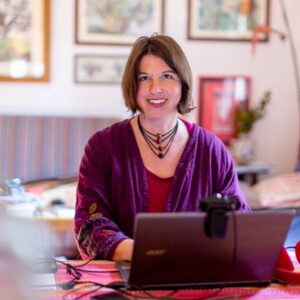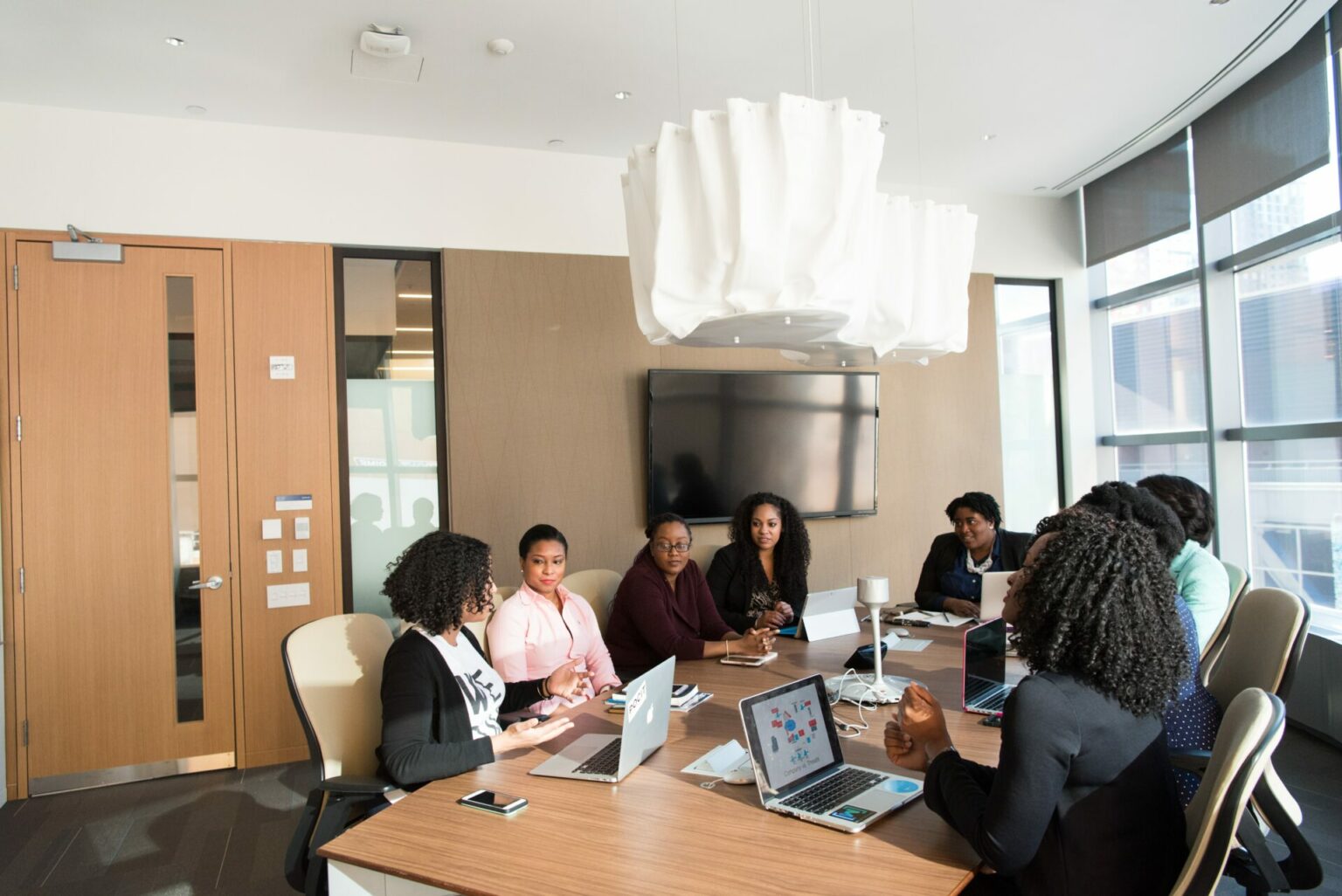Effective meeting agenda
Key elements for facilitating a meeting with clarity and alignment.
Created by Deborah Rim Moiso – SessionLab


Key elements for facilitating a meeting with clarity and alignment.
Created by Deborah Rim Moiso – SessionLab


In this session you will find a ready-to-use flow for an effective meeting. It includes simple activities and structures that are easy to integrate into your usual workflow, and guaranteed to improve it from the get-go… all it takes is a bit of courage to innovate, and you will see meetings become more efficient and effective.
A deep distrust of never-ending, unstructured meetings that went nowhere and left me with a headache is what led me to facilitation in the first place. Sharing check-in rounds and the IDOARRT (Intentions, Desired Outcomes, Agenda, Roles, Rules and Responsibilities and Time) structure at the start of a meeting reduces uncertainty, friction and that terrible feeling of “I have not idea why I am at this meeting and what we are supposed to do”.
Assigning roles for facilitation, time-keeping and minute-taking means more shared responsibility, as the task of curating the process is supported by more than one person. Many hands make light work!
A feedback round at the end of each meeting is a practical way for your group to become a learning organization, tweaking the way you hold gatherings until the structure is designed to suit your unique needs.
Use these tips and recommendations to improve any team meeting, whether online or in person, from a 45-min weekly stand-up to longer events.
This structure is designed for an internal facilitator: that is, a team lead or team member who is taking on the role of facilitator for the day.
The skills needed are basic communication and organization abilities: anyone can facilitate a meeting and, by trying, get better and better at it!
That said, ideally you should not be facilitating if you are also the person most concerned with the main content or core discussions of a specific meeting. At least at first, try your hand with meetings in which you can focus on the process!
Facilitating effective meetings is a team effort; this template shows how to share the load with colleagues by assigning, and rotating, roles related to time-keeping, minute-taking, and more. Facilitation skills are something every team member can develop. And as my friend Martina Francesca from the Italian organization La prossima cultura likes to say: Facilitation is the means, collaboration is the ends.
Feel like you need some extra context before you dive into facilitating meetings? This article on how to facilitate a meeting includes tips and tools for running this agenda, moderating the discussion, and more!
And for a more in-depth look into team meetings, what they are, and how you can improve them, check out this article on how to have a more productive team meeting, here.
Prefer to see some other example meeting agendas before diving in? This article on effective meeting agenda templates will help you there!

Deborah Rim Moiso
Deborah Rim Moiso is an Endorsed Facilitator with the IAF – International Association of Facilitators and the current co-chair of the Italian IAF Chapter. She is also a content writer for SessionLab and a published author of a manual and deck of cards on facilitation available in Italian (Facilitiamoci! Prendersi cura di gruppi e comunità). Deborah credits her knowledge of the basics of effective meetings to years of collaborative work in the Transition Network, where she participated in dozens of remote meetings with well-defined purposes, distributed roles for co-facilitation, and clear outcomes. Here is their 3-page guide to Effective Meetings.
Join the 150,000 facilitators using SessionLab